Rabbit Shampoo - A Comprehensive Guide
Can I wash my rabbit?
Rabbit fur takes a very long time to dry & as a result rabbits have a higher chance of dying from hypothermia in cold weather. They also get stressed very easily which can cause heart attacks if moved or handled in a way that they panic. Not withstanding that, some rabbits do actually like the rain and are well equipped to deal with being wet. Also, as part of the grooming routine is necessary to wash of any urine which is acidic and faeces that have coated your rabbits fur off. The PDSA have demonstrated a safe way of washing/ spot cleaning your rabbit with out startling or alarming them. The link is here: How to clean your Rabbit.
What is a caecotroph?
Caecotrophs are soft, nutrient-rich fecal pellets produced by rabbits, rodents, and some other herbivores. These pellets are typically consumed directly from the anus by the animal, allowing for the reabsorption of essential nutrients like proteins, vitamins, and minerals that were not fully digested during the initial pass through the digestive system.
What happens when caecotrophs become stuck on my rabbits bottom?
When your rabbit's bottom is encrusted with caecotrophs (faecal matter), it can cause discomfort and potential infection. Cracked skin and fur loss may occur, making it essential to maintain cleanliness in the area. However, only wash the affected area as necessary and ensure thorough drying to prevent further irritation. Your veterinarian might recommend a protective cream for the skin, along with pain relief and antibiotics if infection is present. Addressing the root cause of your rabbit's dirty bottom is crucial to prevent worsening of the issue. We recommend using the multipurpose balm on your rabbits bottom as a protective cream and the furbabies shampoo for sensitive skin for a gentle wash.
Can I use dog shampoo for my rabbit?
Many pet parent’s ask what the best rabbit shampoo is and whether they can use human or dog shampoo to wash rabbits. We don’t recommend using human shampoo or dog shampoo for your rabbit and explain why in the next section. Unfortunately, we have found that many shampoos marketed for use in Rabbits have very harsh chemicals such as sodium lauryl sulphate, acrylates etc which can destroy their already delicate skin so we recommend investing in a good quality shampoo that washes off easily and cleans effectively. The active foam formula in the FurBabies Botanicals pet shampoo has been carefully calculated using data collated from veterinary dermatology scientific literature and contains as few ingredients that are not only natural, biodegradable but also offer calming aromatherapy benefits whilst leaving the skin hydrated, the coat smelling clean and looking radiant.

How do I groom my rabbit?
Like cats and other small pets, rabbits groom themselves regularly and swallow a lot of fur. However unlike cats they can not vomit out hairballs. This means that the fur can cause their digestion to slow down, reduce their appetite and cause constipation which can lead to gut problems. Ideally we want to be using a gentle brush to groom our rabbit furbaby everyday. Spot wash any caked areas that have been stain by urine or faeces paying particular attention to their backside and paws. Dry gently with a dry towel and for long haired rabbits use a hairdryer on a low setting.
A good point to remember is that Rabbit skin is even more thin than cat or dog skin (who also have very delicate skin compared to humans 5 x thinner). Rabbit skin is also loosely connected to the deeper layer of the skin which explains why rabbits are more sensitive to skin irritants.
The image below gives us an idea of how different Rabbit skin is to human skin & yet we are seeing shampoos for rabbits (containing very harsh chemicals) being marketed for rabbit use.
Comparison of structural characteristics and molecular markers of rabbit skin, pig skin, and reconstructed human epidermis for an ex vivo human skin model (click on the title to access the article)

Uhm, C., Jeong, H., Lee, S.H. et al. Comparison of structural characteristics and molecular markers of rabbit skin, pig skin, and reconstructed human epidermis for an ex vivo human skin model. Toxicol Res. 39, 477–484 (2023). https://doi.org/10.1007/s43188-023-00185-1
Rabbits usually keep themselves clean through grooming. However, there are occasions when they might need your assistance to stay fresh and avoid skin issues especially when the poo is stuck to their coat. Read about the consequences of not cleaning your rabbits poopy bottom here.
Washing your rabbit, especially their bottom, can help prevent infections and keep them comfortable. The secret is to do it with care and patience, ensuring your bunny feels safe throughout the process.
Preparing to Wash Your Rabbit Using Our Lavender Sensitive Skin Wash
Gather Supplies
Before you begin, make sure you have everything ready:
- Furbabies Shampoo for Pets with Sensitive Skin
- A shallow basin or sink
- A soft cloth or sponge
- Towels
- A low-heat blow dryer (optional)
Create a Calm Environment
Pick a quiet, warm room for washing your rabbit. A peaceful setting helps keep your bunny relaxed and reduces stress during their bath.
Steps for Washing Your Rabbit
1. Fill a Shallow Basin
Fill a shallow basin with lukewarm water. The water should be just deep enough to cover your rabbit’s bottom without submerging them completely.
2. Secure Your Rabbit
Gently place your rabbit in the basin, supporting their body to keep them steady. Speak softly and reassuringly to keep your rabbit calm.
3. Use a Soft Cloth
Dampen a soft cloth or sponge in the water and gently wipe your rabbit’s bottom. This method cleans off dirt and debris without needing to immerse your rabbit fully.
4. Apply Shampoo Sparingly
Apply a small amount of Furbabies Shampoo for Pets with Sensitive Skin to the cloth. Gently massage it into the fur around your rabbit's bottom, taking care to avoid sensitive areas. This shampoo is hypoallergenic and perfect for rabbits' sensitive skin.
5. Rinse Thoroughly
Rinse the shampoo out with clean, lukewarm water. Make sure all the shampoo is removed to prevent any skin irritation.
6. Dry Your Rabbit Completely
Lift your rabbit out of the basin and wrap them in a soft towel. Pat their fur gently to soak up excess water. You can use a low-heat blow dryer to speed up the drying process, but keep it at a safe distance to avoid overheating or burning your rabbit’s skin.
Post-Wash Care
Monitor for Stress Signs
After the wash, keep an eye on your rabbit for any signs of stress or discomfort. Make sure they are warm and dry to prevent hypothermia.
Check for Skin Irritation
Look for any signs of skin irritation like redness or itching. If you notice anything unusual, consult your veterinarian for advice.
Provide Comfort and Treats
Make your rabbit feel at ease by offering a cozy space and their favorite treats. This helps them associate bath time with positive experiences.
Do rabbits get fleas?
Domestic rabbits frequently encounter fleas when residing in households alongside dogs or cats, whereas pet rabbits living outside exposed to wild rabbits are infested with a different species of flea which also bites cats and dogs. Fipronil is not recommended for use in rabbits and is known to cause fatalities. Imidacloprid (Advantage®: Bayer) is licensed in the UK for flea control in rabbits and works to kill adult fleas as it has been shown to be safe and effective.
Why is my rabbit itching?
Whilst fleas or other ectoparasites may be a cause of itching in many pets, residue of strong cleaning agents used to clean cages have been found to cause skin irritation or itching. There are some reports of chemicals in wood shavings that have also lead to skin issues in Rabbits.
Whilst grooming your pet, we advise getting your rabbit checked by your veterinarian if you find any bald spots, lumps and bumps, change in behaviour, unusual moulting, change in poo habits or bald spots.
SUMMARY OF FAQs
Why should I wash my rabbit’s bottom? Washing your rabbit’s bottom is necessary if they get dirty or have conditions like “poopy butt,” which can lead to skin infections if not cleaned.
Can I use any shampoo to wash my rabbit? No, you should use a shampoo specifically made for rabbits, like Furbabies Shampoo for Pets with Sensitive Skin. Human shampoos can be too harsh and cause skin irritation.
How often should I wash my rabbit? Only wash your rabbit when necessary. Frequent washing can strip their fur of natural oils and lead to skin problems.
What temperature should the water be? Use lukewarm water to ensure your rabbit is comfortable. Water that is too hot or too cold can cause distress and harm.
Is it safe to use a blow dryer on my rabbit? Yes, but only on a low-heat setting and from a safe distance. Be careful to prevent overheating and burns.
How can I reduce my rabbit’s stress during a wash? Create a calm environment, handle your rabbit gently, and speak softly throughout the process. Offering treats afterward can also help.
Conclusion
Washing your rabbit, especially their bottom area, requires gentle handling and attention to detail. Using a product like Furbabies Shampoo for Pets with Sensitive Skin ensures that your rabbit's skin stays healthy and irritation-free. Always prioritize your rabbit’s comfort and safety during the washing process to keep them happy and clean.
References
- Meredith, A., & Lord, B. (2014). Rabbit Medicine and Surgery: Self-Assessment Color Review. CRC Press.
- Harkness, J. E., & Turner, P. V. (2010). Harkness and Wagner's Biology and Medicine of Rabbits and Rodents. Wiley-Blackwell.
- Richardson, V. (2000). Rabbits: Health, Husbandry and Diseases. Blackwell Science Ltd.

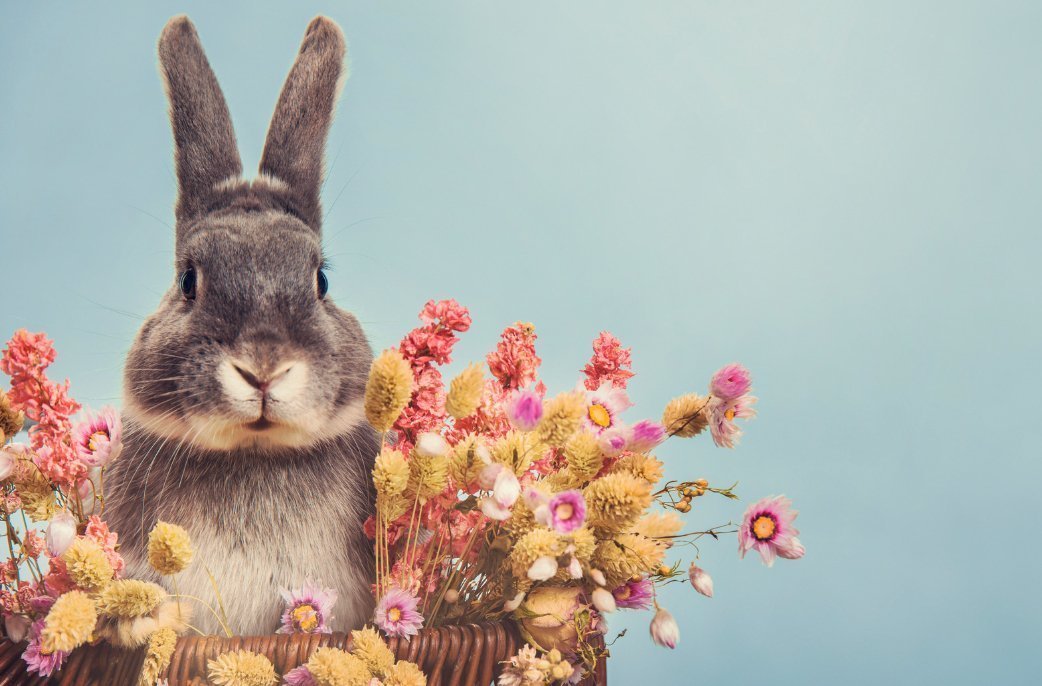
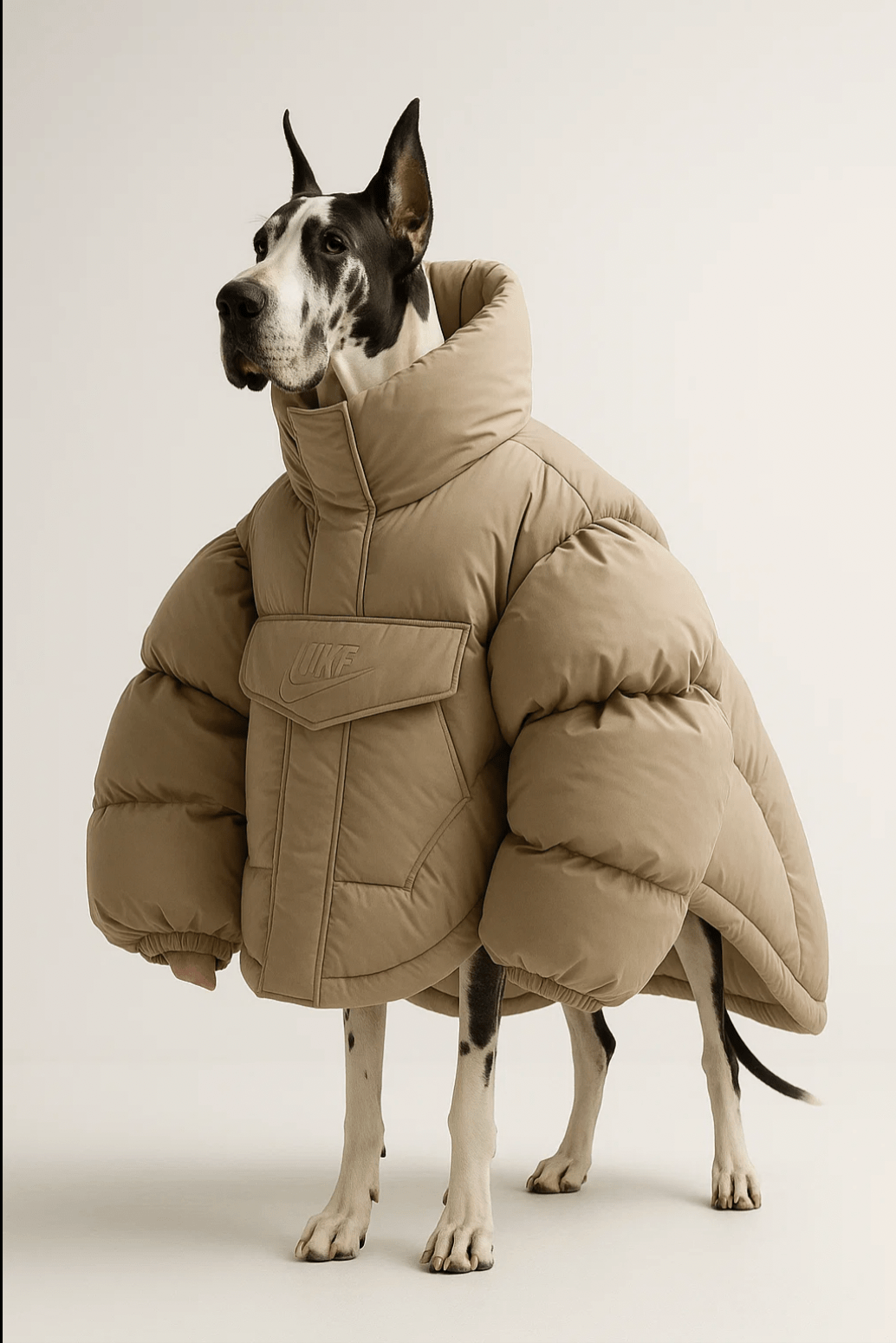

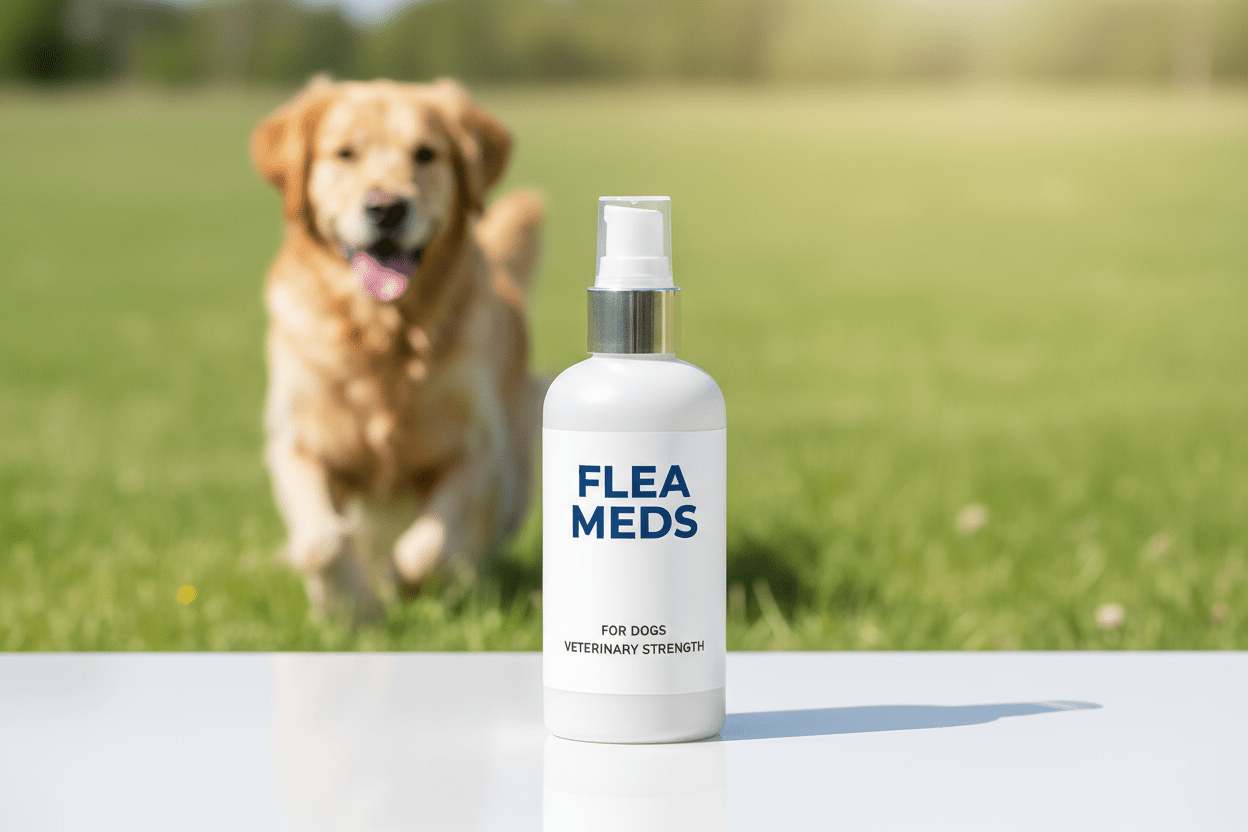
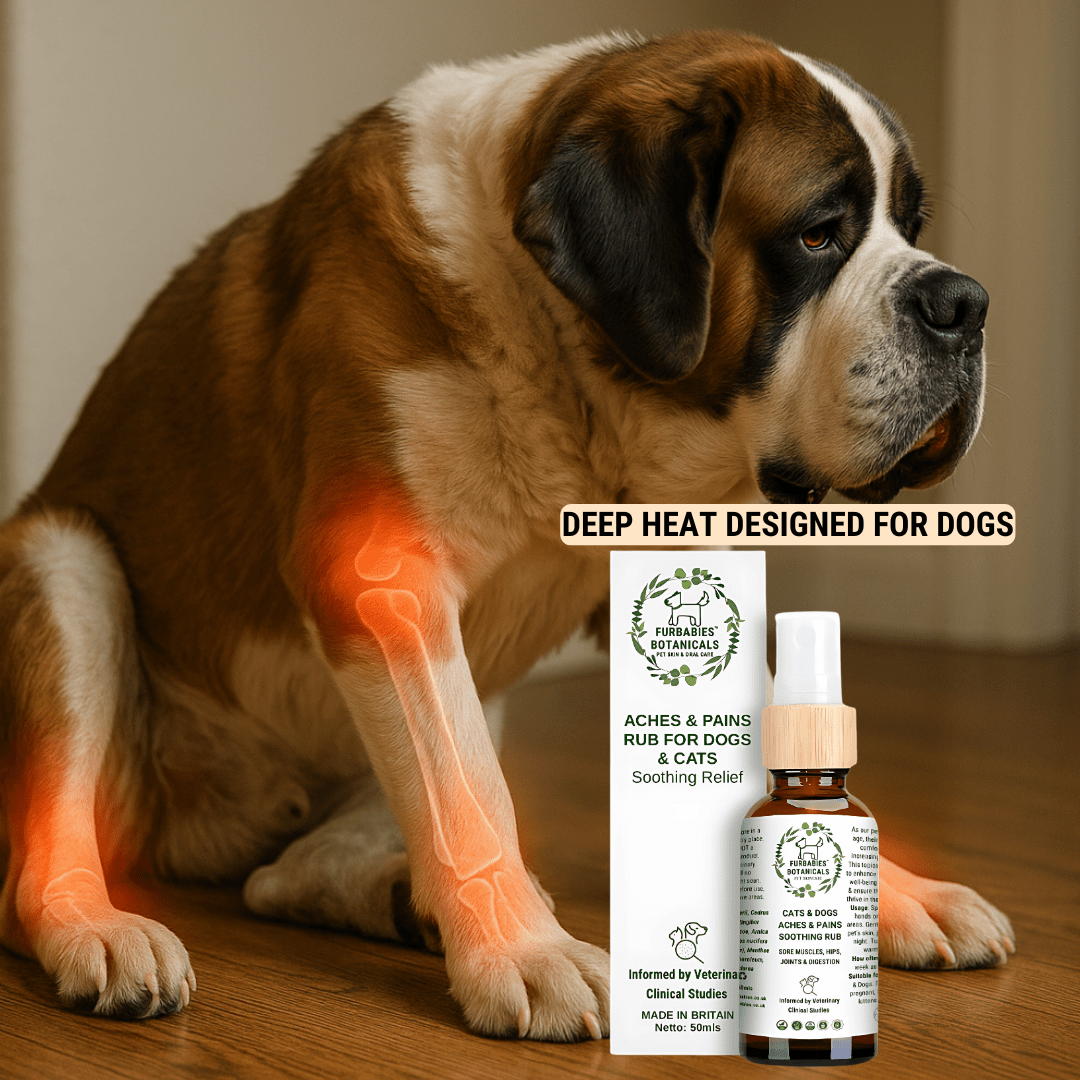

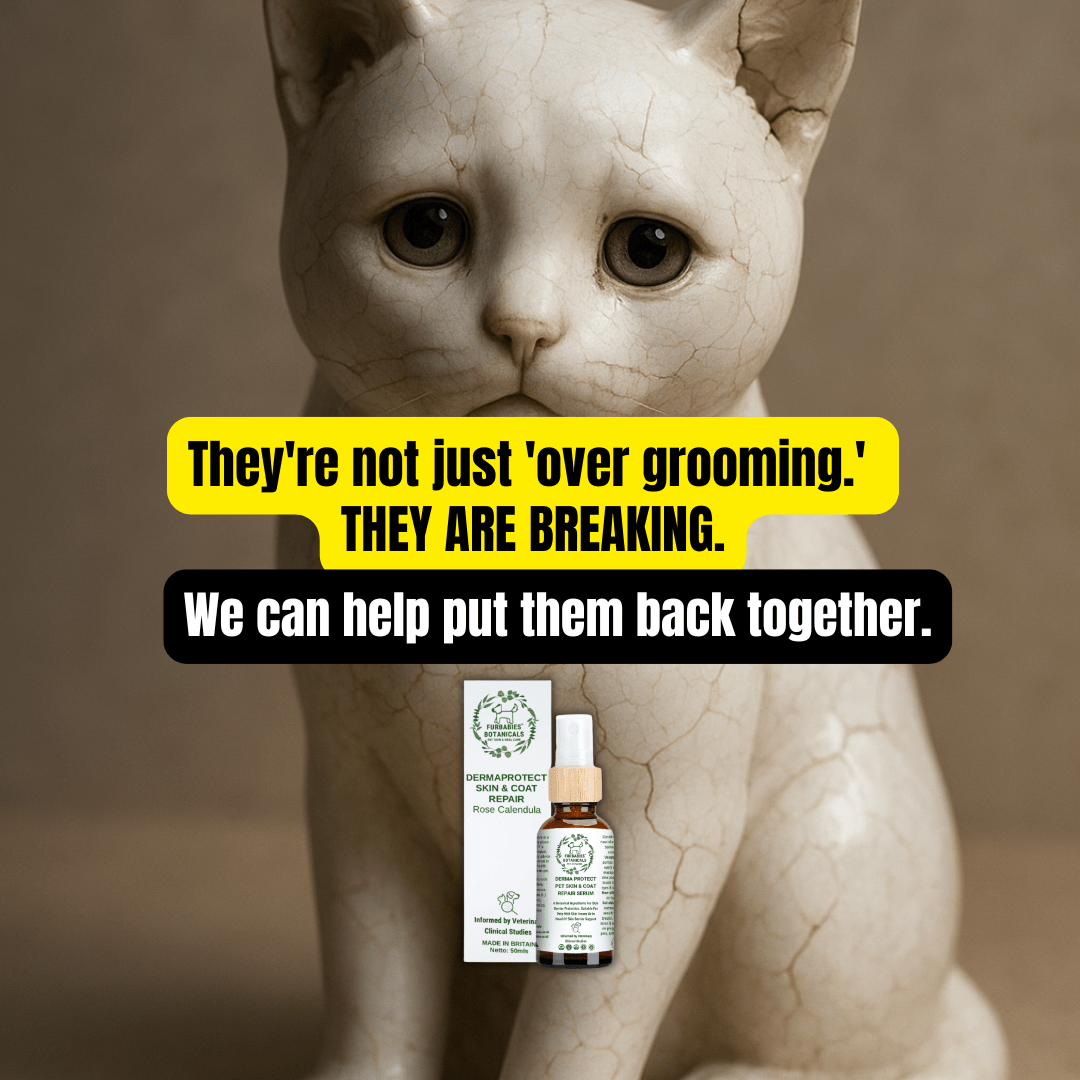
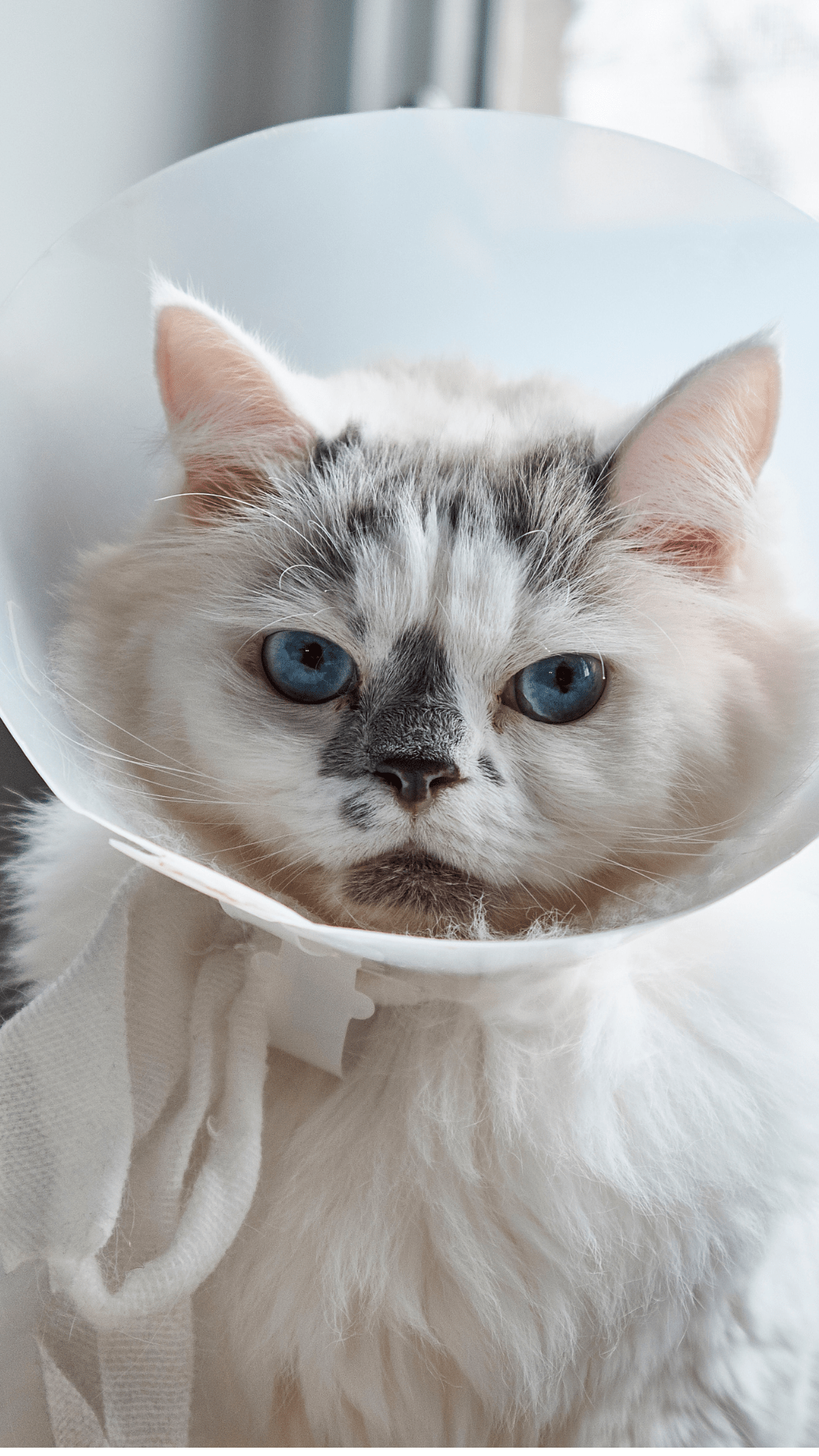
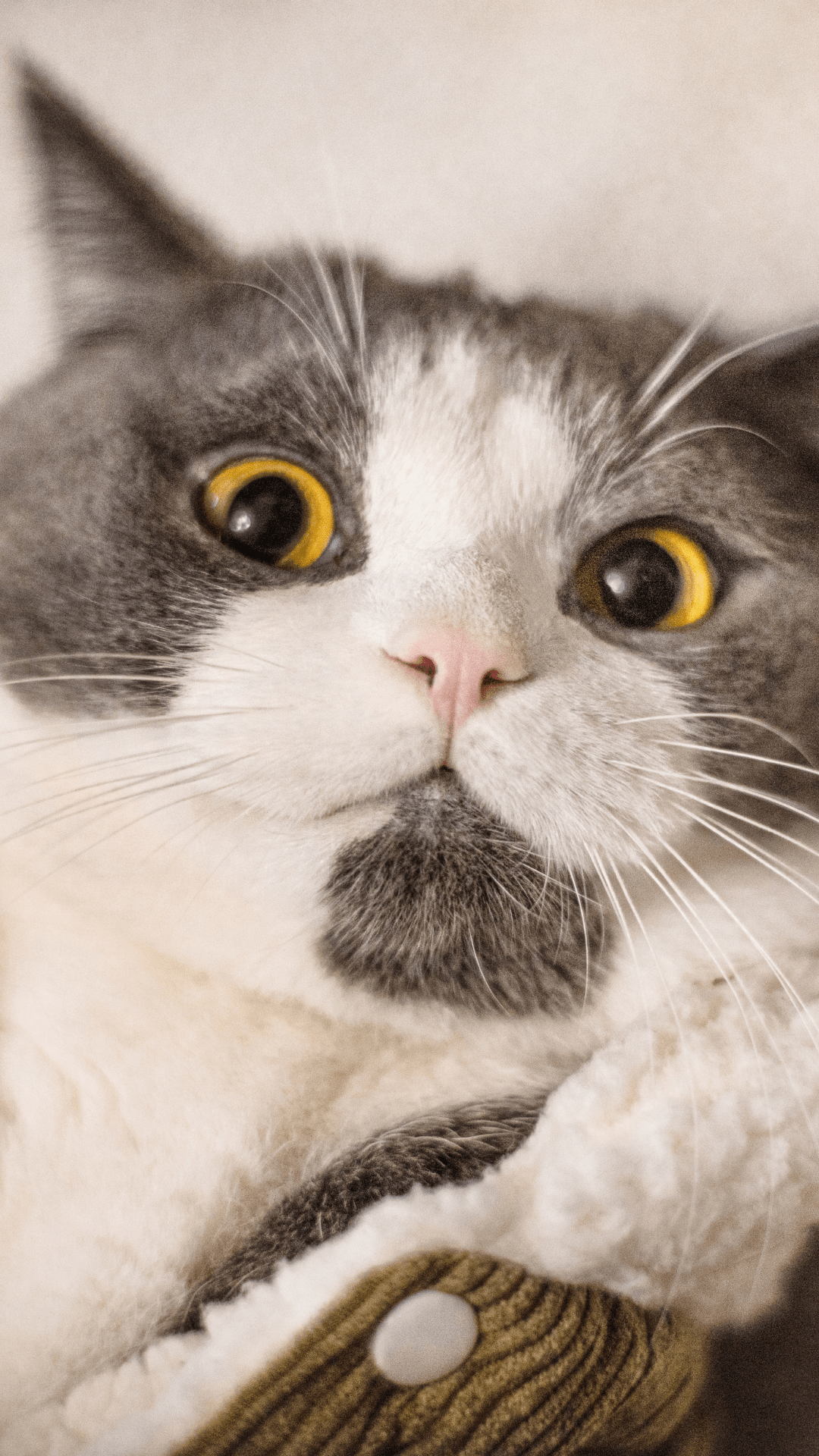
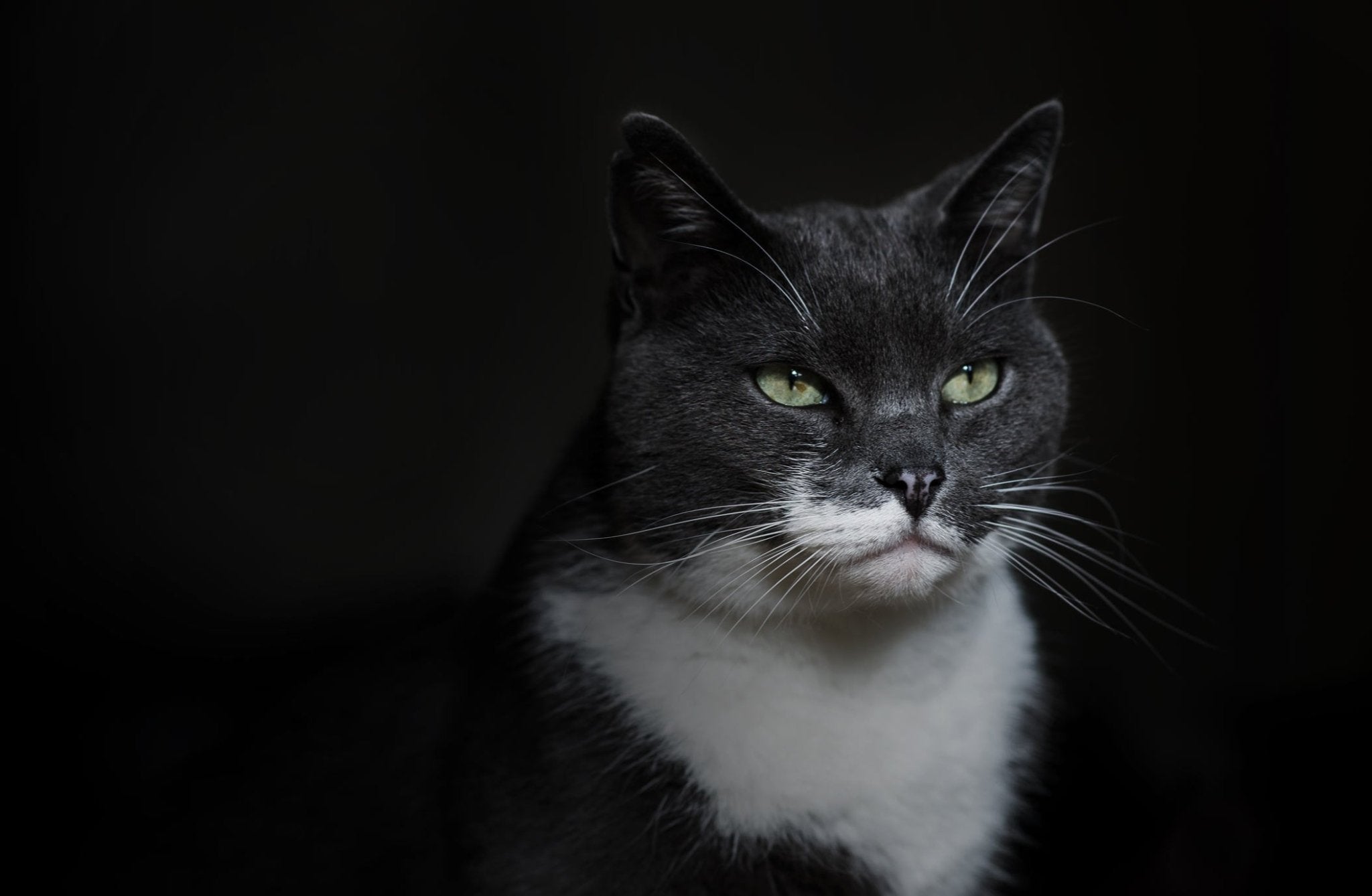
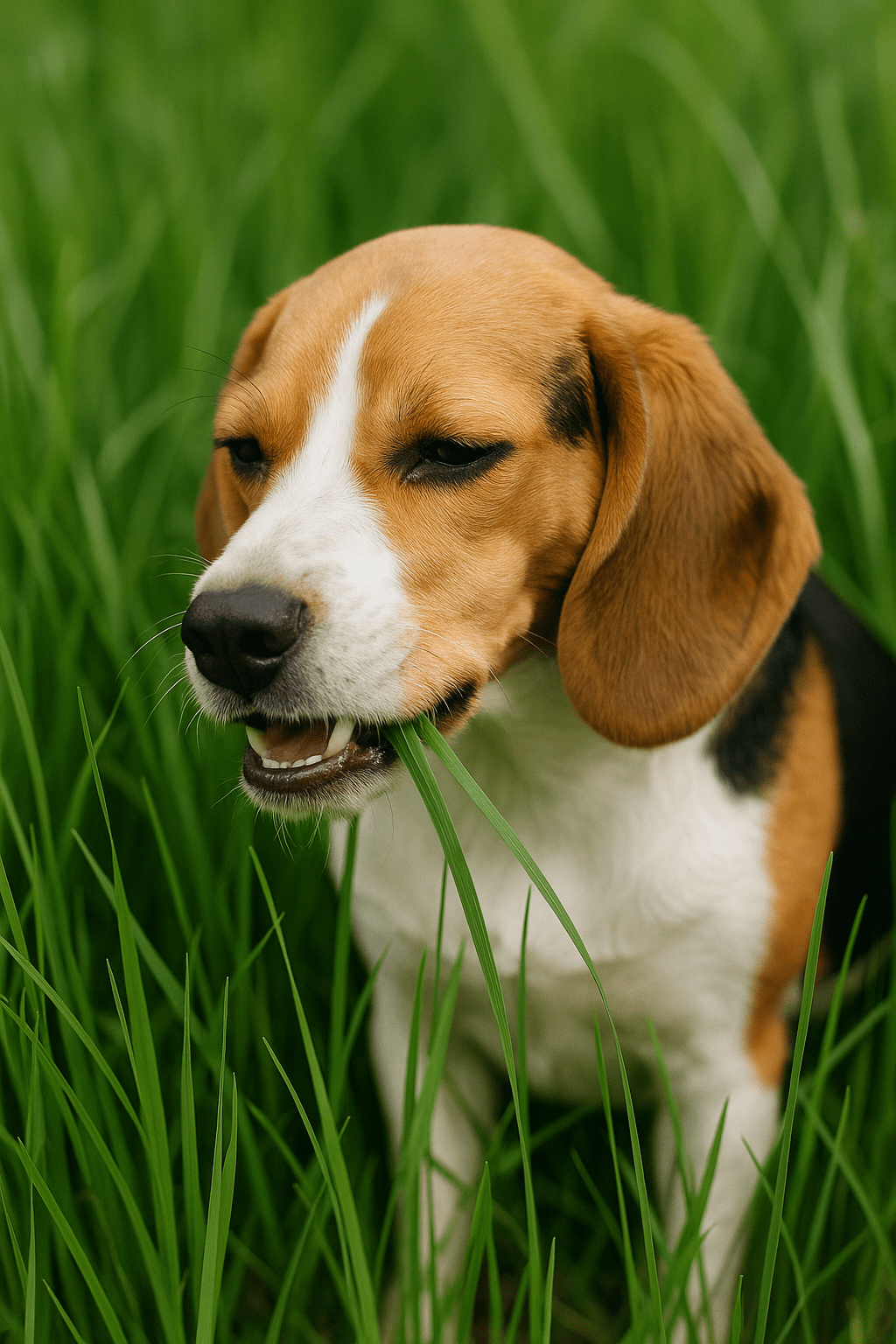
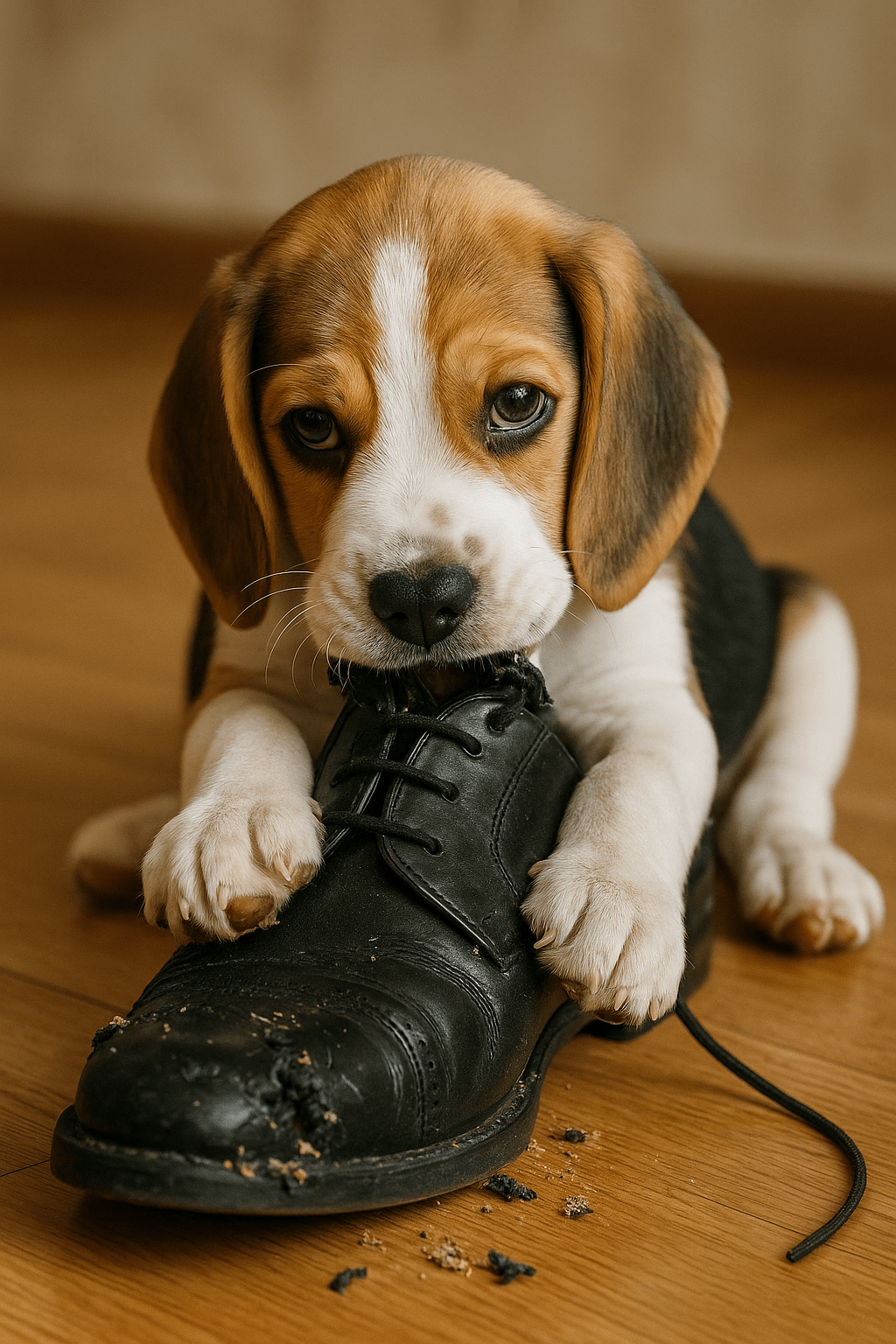
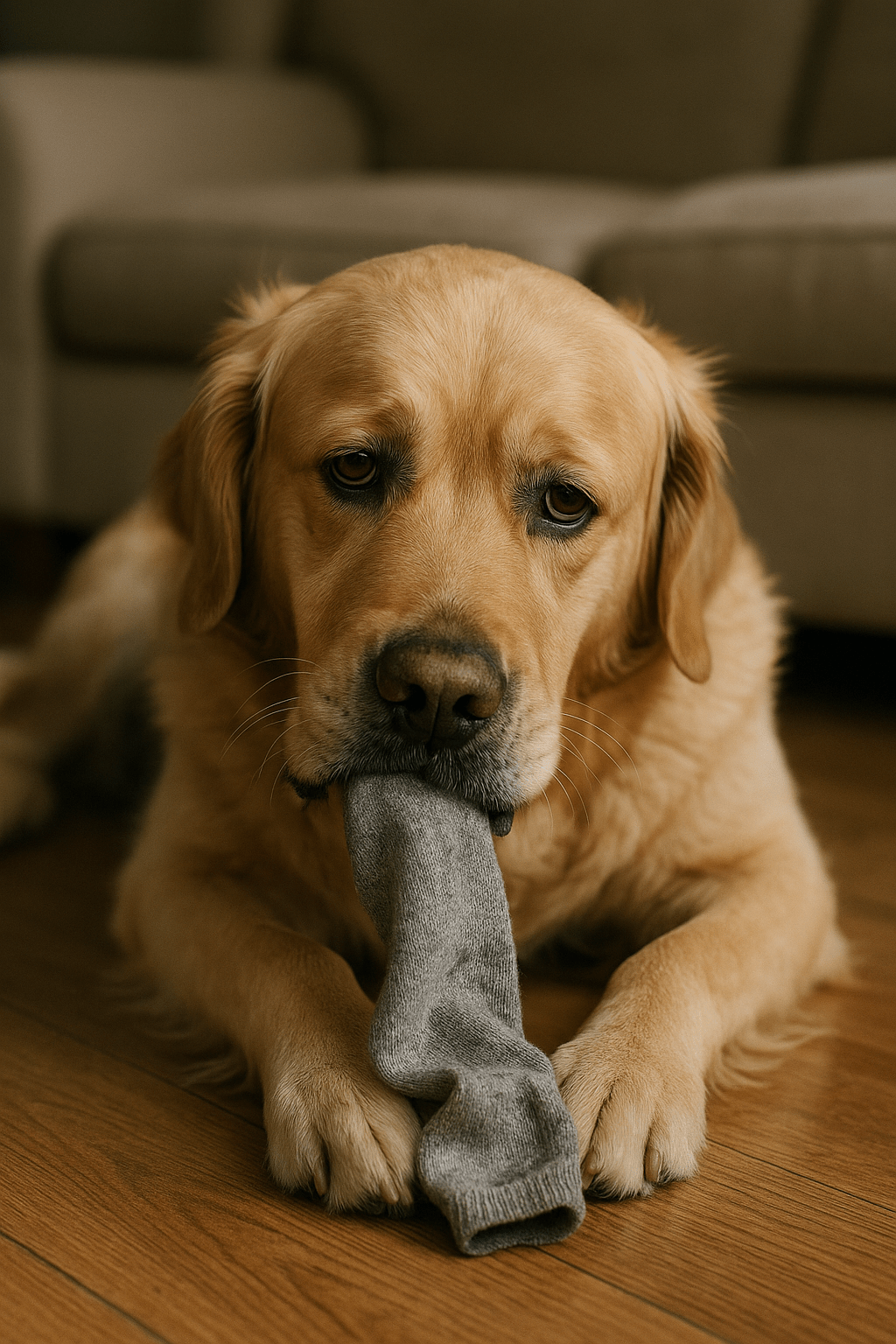
Share:
Human Paracetamol For Dogs?
Natural Pain Relief for Dogs